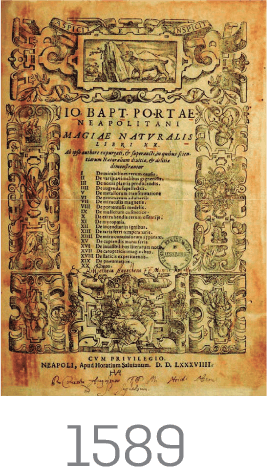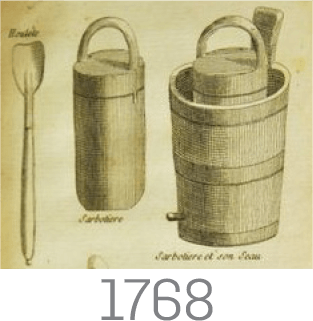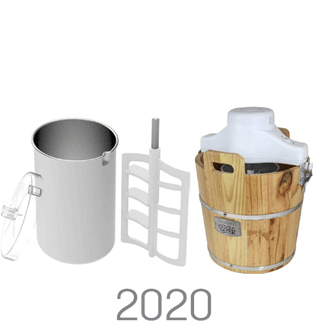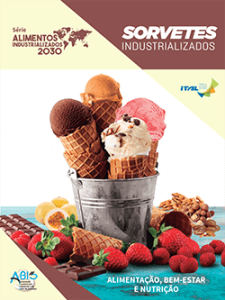ORIGIN OF INDUSTRIALIZED ICE CREAM
Creamy ice cream, similar to those consumed today, started being disseminated just over three centuries ago. However, some historical records evidence that the habit of consuming cold food and beverage is millennial and evolved associated to the development of techniques to use cold in cooking and food preservation that, according to a researcher, can be observed in distinct stages. In the first stage, food and beverage cooling occurred with ice and snow obtained directly from the nature; a practice identified in quotations in works of authors such as Hippocrates, Pliny and Seneca, but it could have occurred much before that period. Those cooking preparations are considered as the precursors of products that are still consumed today, such as sorbets and granitas.
Many centuries later, in 17th century, a second stage was marked by the dissemination of the cooling technique by dissolving salt in ice to make ice cream, which can be observed in recipe books and ice cream machines that emerged since then. This technique is still used in some domestic ice cream machines sold these days, only replacing the manual mixing mechanism to an electric one.

Magiae Naturalis’ work (Giambattista della Porta) describes the refrigeration effect caused by mixing snow with saltpeter.

Recipe of flavored ice in the work Recueil de curiositéz rares et nouvelles de plus admirables effets de la nature (Nicholas Lemery).

Recipe of ice cream in the work The Art of Cookery made Plain and Easy
(Hannah Glasse).

Machine to make ice cream. Illustration in L’Art de Bien Faire les Glaces d’Office (M. EMY).

Type of machine marketed for preparing ice cream that requires dissolution of salt in ice.




